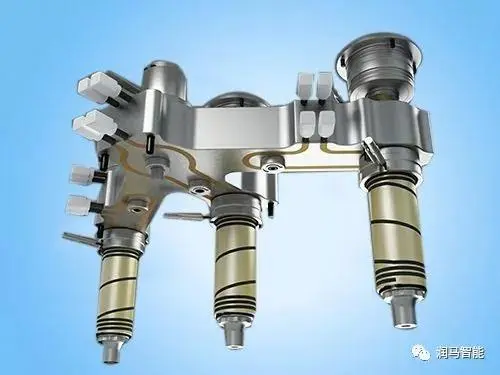What Should be Noticed When Installing Hot Runner?

Hot runner technology has become an important field in plastic injection molding process due to its unique technical advantages such as cost saving and shortening molding cycle.

Precautions for hot runner installation:
1. Place the mold, lay the upper mold flat, and clean all the holes and templates with the air gun.
2. Check the size of each hole, focus on the depth and remove burrs on the template. At the same time, check whether the screw hole of the lock manifold, the center pin and the anti-rotation pin hole have been finished. The master who made the hot runner mold for the first time in this place often missed it.
3. Paint the red lead on the sealing position of hot nozzle and the upper step position, which are two parts matched with the mold.
4. Install the hot nozzle on a trial basis, and then remove it to check whether the sealant position is rubbed into red lead and whether the step position touches the mold. If not, stop the installation, check the cause of the error and make adjustments to ensure that the fit is tight and there are no leaks. Be careful not to bruise the tip of the nozzle during this process.
5. Install all the hot nozzles, together with the center pad, center pin and anti-rotation pin, and paint the red lead on its plane.
6. Check the height of the nozzle plane and the center pad, of which the offset error should be controlled within 0.05 mm.
7. Try to install the splitter plate. Be careful not to miss the sealing ring of hot nozzle when doing the formal installation.
8. Check the fitness between the diverter plate and the hot nozzle to ensure that there is no leakage of glue as all of them are smeared with red lead.
9. Arrange the hot nozzle routing to be neat, number each group of lines in sequence, and connect the lines to the plug-in socket.
10. Install the splitter plate formally, lock the splitter plate fixing screws (note that the lock must be balanced to keep the four corners of the splitter plate at the same height), control the splitter plate meson to be 0.10-0.15mm higher than the plane of the peripheral mold frame, and then paint red lead on the splitter plate meson.
11. Test-install the template, check whether the plane has meson red lead, and ensure that the template presses the splitter plate meson.
12. Lock and erect the mold, and check whether the match between the gate and the nozzle tip meets the requirements from the parting surface. The tip should be 0.1-0.2mm lower than the gate surface, and the tip should not be eccentric. Use a multimeter to carefully check each group of circuits to ensure that there is no short circuit, open circuit, leakage, etc. Each group of circuits corresponds correctly to ensure that all circuits are normal.
13. Connect the thermostat for trial heating. The first preheating shall be within 100℃ for 10 minutes for dehumidification to protect the heater. Then, heat it to the required temperature, and if it is normal, arrange the lifting mold testing.